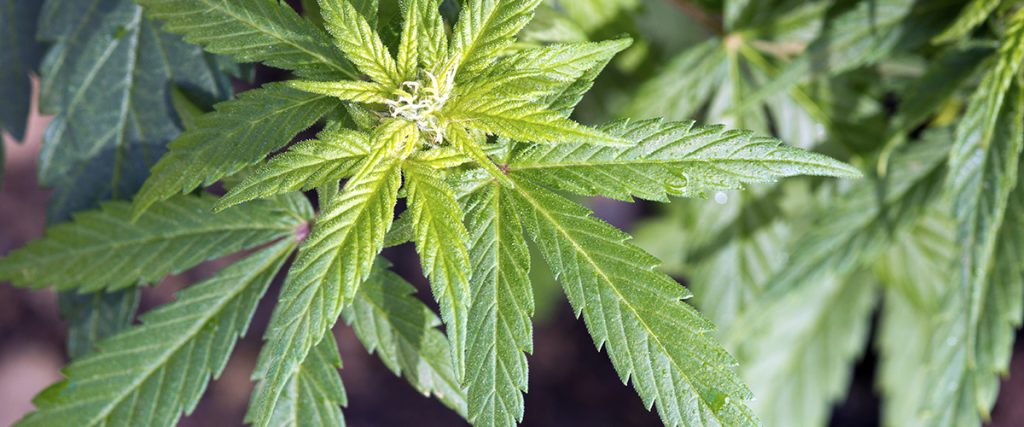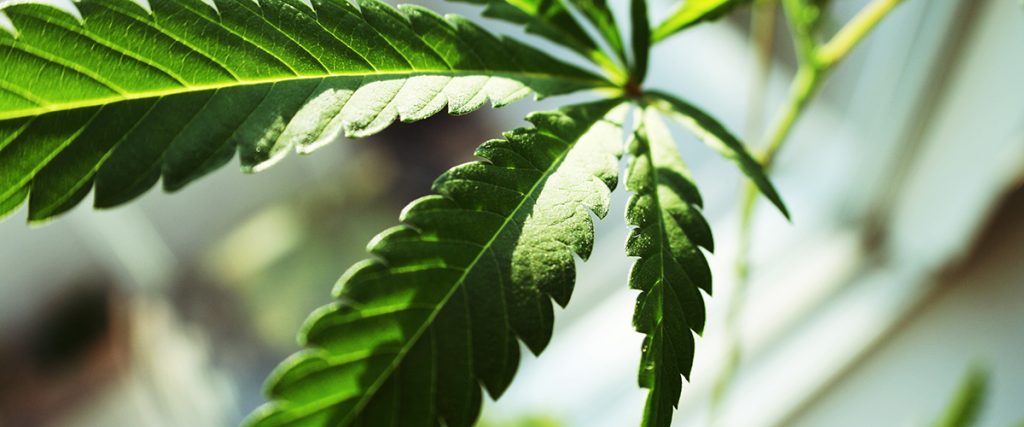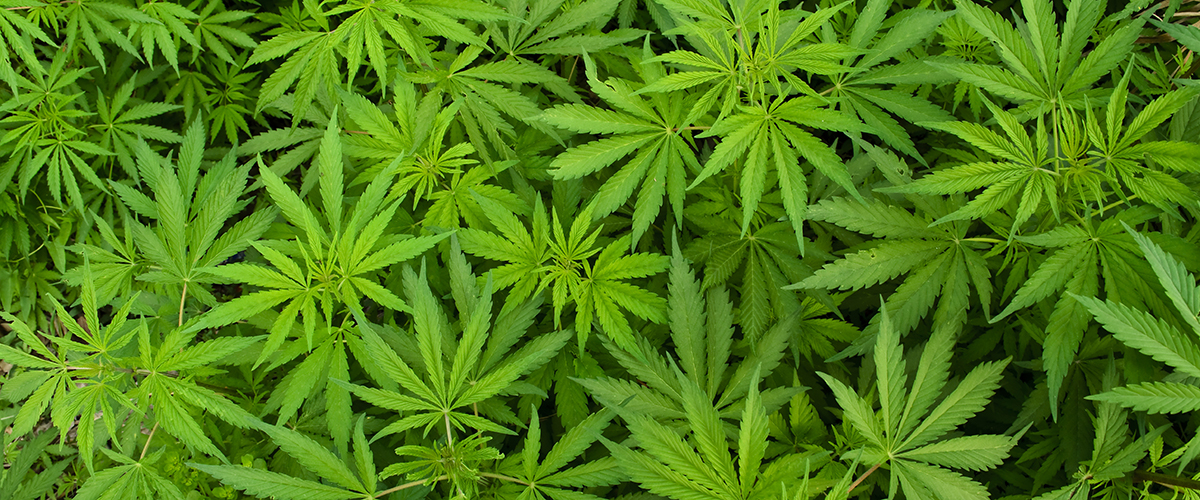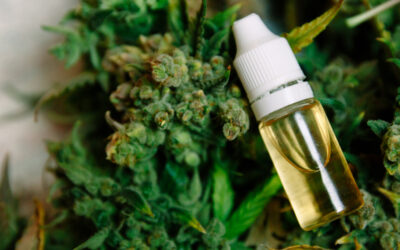Get to know Cannabis ruderalis, a wild-growing species of cannabis that is popular among consumers interested in obtaining higher levels of CBD.
While you’re likely somewhat familiar with sativa and indica strains of medical marijuana, have you heard of Cannabis ruderalis? The often overlooked and less known classification of cannabis has characteristics and benefits that can be useful to some who use marijuana for specific medical purposes.
Here we take a look at Cannabis ruderalis, exploring what it is, its unique characteristics, its cannabinoid makeup, and its unique benefits for users.
What is Cannabis Ruderalis?
While once thought to be an ancestor of other Cannabis varieties, it is now accepted that Cannabis ruderalis is in itself its own species. Ruderalis is a wild, hardy species of cannabis that currently grows wild throughout Central Asia and Russia. It’s also an important species for marijuana breeders, who have been known to cross breed ruderalis with other species to create hybrids that possess some of ruderalis’ characteristics, such as autoflowering.
Cannabis ruderalis is significantly smaller than indicas and sativas, typically growing just 1 to 2.5 feet high. Of the three primary cannabis species, ruderalis plants are stalkier, featuring a smaller number of side branches and narrower palmate-shaped leaves.
Because of its small size and limited branches, ruderalis produces a smaller yield of flower compared to other cannabis species. While for some this may be a disadvantage, the smaller size of ruderalis plants make them a good choice for medical marijuana patients who are interested in growing their own plants at home, but have limited space indoors. Also, unlike other species, ruderalis plants don’t have special lighting needs, which means they’re also ideal for those interested in growing plants outside at any latitude.
Origins of Cannabis Ruderalis
Cannabis ruderalis is thought to have originated thousands of years ago throughout areas in Asia, Central and Eastern Europe, and specifically Russia, where it continues to grow as a weed.
The term “ruderalis” derives from the root word ruderal, which in the plant world refers to a species that is the first to colonize land that has been disturbed by humans. Even today, wild ruderalis can be found growing near high traffic areas like roadways.
Cannabis ruderalis was first classified in 1924 after Russian botanist D.E. Janischewsky was studying cannabis and noticed a plant with distinct differences in shape, size, and seed than other previously classified cannabis plants.

Ruderalis is Autoflowering: What Does That Mean?
Unlike other cannabis species, Cannabis ruderalis is “autoflowering,” which means that it will transition from the vegetative phase into the flowering phase regardless of whether there’s a change in light cycle.
For medical marijuana patients, the flowering phase is significant, as it’s when cannabis plants produce the flowers that contain high levels of cannabinoids and other beneficial compounds. No matter the light-to-dark ratio, modern ruderalis plants will begin to flower on their own 3 to 4 weeks after they sprout from seeds.
Indicas and sativas are not autoflowering. Rather, they’re “photoperiod,” a characteristic that means they will only begin to produce flowers once they’re introduced to at minimum 12 hours of dark each day. Growers must often trigger the flowering phase with photoperiod plants by changing the lighting settings.
It is generally believed that ruderalis adapted the ability to autoflower after originating far north of the equator, where light cycles are limited and regularly changing.
This means that while photoperiod plants like sativas and indicas will only flower under strict indoor conditions where hours of lightness and darkness are controlled, or during the winter season when light is limited, autoflowering ruderalis plants can grow anywhere and produce flowers throughout the entire year.

Cannabinoid Makeup and Effects of Cannabis Ruderalis
Cannabis ruderalis is naturally higher in cannabidiol (CBD), the non-psychoactive cannabinoid that has grown in popularity over recent years. It also produces very little tetrahydrocannabinol (THC), the psychoactive compound that causes a euphoric high.
There are more than 100 cannabinoids found in cannabis – the most major being CBD and THC. Cannabinoids have been found to interact with cannabinoid receptors of the endocannabinoid system, helping adjust the release of neurotransmitters in the brain in an effort to keep the body’s functions in balance.
Because Cannabis ruderalis is high in CBD and low in THC, it’s a more popular choice among those consumers who are interested in the natural benefits of the cannabis plant, but are looking to avoid most of the euphoric effects that are typically associated with marijuana use.
The high concentration of CBD in ruderalis strains have also proven beneficial to breeders, who will cross ruderalis strains with indicas and sativas to produce autoflowering hybrids that contain higher levels of CBD. Sativas, for example, can grow too tall for indoors but be more manageable when they’re crossbred with ruderalis strains.

Learn Even More about Marijuana
Interested in digging deeper into marijuana topics like this?
Visit our Cannabis 101 page to learn even more about the differences between indicas, sativas, and hybrid strains of cannabis, or visit our news feed to stay up with the latest developments in the cannabis industry.






